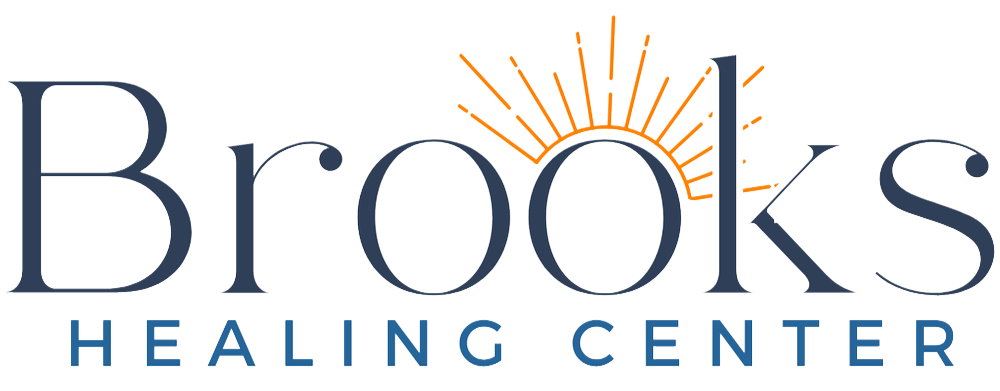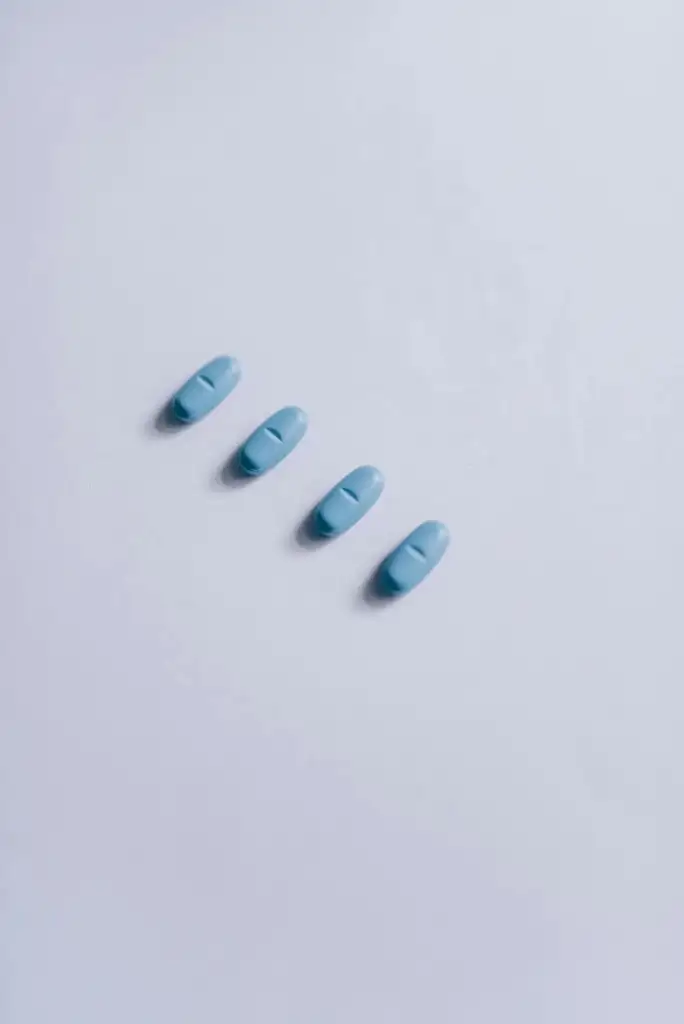Halcion is the brand name for triazolam, a prescription medication that belongs to the benzodiazepine class of drugs. It works as a central nervous system (CNS) depressant and functions primarily as a sedative to treat severe insomnia. The drug is controversial, as its potentially addictive nature can lead to challenging side effects.
What is Halcion?
Halcion is a potent prescription medication containing triazolam, which belongs to the benzodiazepine class of drugs.[1] It functions as a central nervous system depressant and primarily treats severe insomnia, though it also possesses pronounced amnesic, anxiolytic, sedative, anticonvulsant, and muscle relaxant properties.
Halcion works quickly and clears from the body rapidly, making it particularly effective for the short-term treatment of acute insomnia and circadian-rhythm sleep disorders, including jet lag.[2] Its short-acting nature makes it useful for helping people fall asleep quickly and treating anxiety in patients facing dental procedures, where its amnesia-inducing qualities often result in patients having no memory of the procedures despite being conscious throughout them. Due to its potent effects and risk of dependence, doctors typically prescribe Halcion only for short periods of seven to ten days rather than for long-term use.
What Are Its Primary Effects?
Halcion produces several significant effects on the body and mind due to its action as a central nervous system depressant that enhances the effects of GABA, an inhibitory neurotransmitter in the brain.[3]
- Sleep induction: Halcion helps people with insomnia fall asleep faster due to its rapid onset of action.
- Amnesia effects: The medication commonly causes users to forget events that occur while under its influence, making it useful for anxiety-provoking medical procedures.
- Anxiety reduction: As a benzodiazepine, Halcion produces notable calming and anti-anxiety effects.
- Muscle relaxation: Users experience physical relaxation as the drug decreases muscle tension.
- Coordination problems: The drug affects motor skills and physical coordination even at therapeutic doses.
- Cognitive impairment: Halcion can impair thinking, judgment, and reaction time both during use and sometimes into the following day.
- Sedative properties: Beyond simply inducing sleep, the drug creates an overall sedative effect that persists while it remains in the system.
- Unusual sleep behaviors: Some people experience sleepwalking, sleep-driving, sleep-eating, or other complex behaviors without memory of these actions afterward.
Does Halcion Cause Side Effects?

Yes, Halcion can produce unwanted effects alongside its therapeutic benefits:[4]
- Drowsiness and dizziness: These are among the most common effects, particularly noticeable in older adults who may be more sensitive to the medication.
- Coordination problems: Many people experience difficulty with balance and physical coordination while taking Halcion.
- Memory impairment: Short-term memory issues are common, with some people experiencing complete amnesia for events that occur while under the drug’s influence.
- Confusion: Some people experience disorientation or confusion, especially at higher doses or when starting the medication.
- Lightheadedness: This can occur, particularly when changing positions quickly, such as standing up from sitting or lying down.
- Hangover effects: Despite being short-acting, Halcion can cause next-day impairment, including persistent drowsiness, reduced reaction time, and impaired judgment.
- Sleep-related behaviors: Some people engage in complex activities like driving, eating, having conversations, or even sexual activity while not fully awake and with no memory of these events afterward.
- Psychological effects: Some people experience paradoxical reactions, including increased anxiety, agitation, hallucinations, or even aggression.
- Dependency and withdrawal: Long-term use can lead to physical dependence, making it difficult to stop taking the medication without experiencing withdrawal symptoms.
- Respiratory depression: In high doses or when combined with other substances like alcohol or opioids, Halcion can dangerously slow breathing.
Recommended Dosages of Halcion
The standard recommended dose of Halcion (triazolam) for most adults with insomnia is 0.25 mg, taken shortly before bedtime.[5] This dosage works effectively for most people due to the drug’s potent sedative properties and short half-life, which helps induce sleep quickly without causing excessive next-day drowsiness. However, doctors may adjust this dosage based on individual factors such as age, weight, other medications, and overall health status.
Halcion should only be taken for seven to ten days maximum for safety and effectiveness. This limited time frame helps prevent the development of tolerance, where the drug becomes less effective over time, and dependence, where the body becomes reliant on the medication. The drug should be taken exactly as prescribed, without increasing dosage independently, as even small increases can significantly alter effects and safety profile. Patients should take Halcion on an empty stomach for optimal absorption and effectiveness, as food can interfere with how quickly and completely the medication is absorbed.
Do People Abuse Halcion?
Halcion abuse exists but appears relatively uncommon compared to other benzodiazepines. According to surveys, triazolam abuse cases numbered around 100,000 in 2015 but dropped significantly to approximately 22,000 cases by 2017, showing a declining trend in the recreational use of this particular medication.[7]
People who misuse Halcion typically take it during daytime hours when its sedative effects might produce euphoria rather than sleep. Some users attempt to enhance these pleasurable effects by taking higher doses than prescribed, though this strategy often backfires as larger amounts frequently induce sleep, effectively ending the euphoric experience. The drug’s potent amnesia-inducing properties also make abuse particularly dangerous, as users may engage in risky behaviors without any memory of their actions.
Benzodiazepine Abuse
Benzodiazepine abuse represents a significant public health concern, with millions of people misusing these medications each year. These drugs, which include well-known medications like Xanax, Valium, Klonopin, and Halcion, are frequently abused for their sedative and euphoric effects, especially when taken in higher doses than prescribed.
People often begin using benzodiazepines legitimately with a prescription for anxiety, insomnia, or seizure disorders, but may gradually develop problematic use patterns as tolerance develops. Risk factors for abuse include previous substance use disorders, mental health conditions, chronic pain, and easy access to these medications through prescriptions or illicit markets.
The consequences of benzodiazepine abuse can be severe and wide-ranging, affecting both physical and mental health.[8] Chronic misuse leads to tolerance, requiring increasingly higher doses to achieve the same effects, and dependence, marked by uncomfortable and potentially dangerous withdrawal symptoms when attempting to stop. Withdrawal from benzodiazepines can include seizures, intense anxiety, insomnia, and, in severe cases, life-threatening complications. Benzodiazepine abuse frequently results in cognitive impairment, memory problems, increased accident risk, and, when combined with other substances like alcohol or opioids, dramatically heightened risk of overdose and death.
Treatment typically requires medical supervision during detoxification, followed by comprehensive treatment and therapy to address underlying issues and develop healthier coping strategies.

